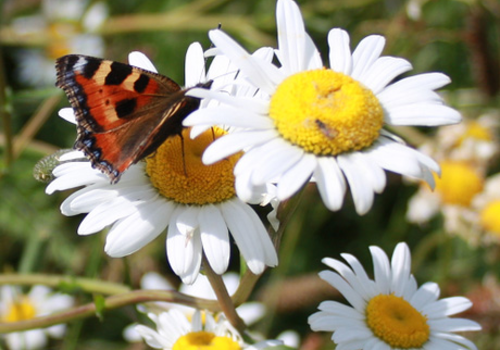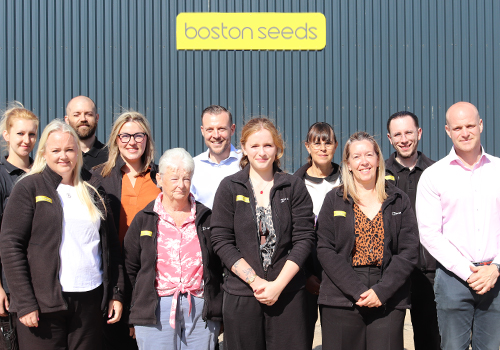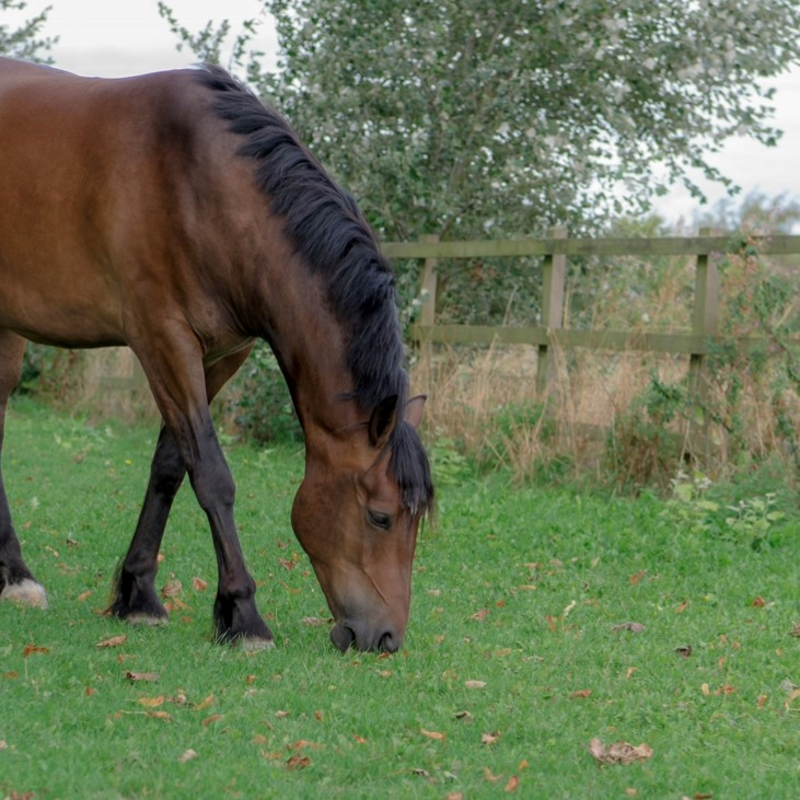BS Paddock Repair Grass Seed
BS Paddock Repair Grass Seed is designed to quickly repair the worn out areas of pasture and provide a very hard wearing sward. Perfect for use in gateways and along fence lines.
- Formulated specifically to repair damage in the shortest time
- Ideal for gateways, fence lines and other areas prone to poaching
- Amenity ryegrass ensures a hard wearing and persistent sward
- Contains: 20% amenity perennial ryegrass and 80% agricultural perennial ryegrass
- Sow at 10kg per acre. Pack size: 10kg
Sowing & Establishment
How to sow a new Paddock
1 - Clear the area
Clear the area and remove any stones, weeds and other debris.
2 - Improve the soil
Harrow over the area to loosen the top layer and remove any dead material.
3 - Allow the soil to settle
If possible, leave the soil for a week to allow a flush of weeds to come through; remove before sowing.
4 - Buy your paddock seed
Choose the right paddock seed for your area – horses that are prone to laminitis will need a ryegrass free mixture.
5 - Sowing the paddock seed
Paddock Repair Grass Seed is sown between 10-15kg/ac. Sow the paddock seed, this can be done by drilling just under the soil surface or by broadcasting. A spreader can be used for even application.
6 - Roll the grass seed in
Lightly harrow and roll in the seeds to make contact with the soil.
7 - Water
If going through a period of drought, if possible, water the area in the evenings. If regular rainfall, manually watering will not be necessary.
8 - Grazing
Under optimum conditions, the seed should germinate within approximately 7-10 days. Once it is around 3-4 months old, the area can be grazed.
How to repair an existing paddock
1 - Prepare the existing grass
Tightly graze or cut down the existing grass to open up the sward.
2 - Improve the soil
Harrow over the area to loosen the top layer.
3 - Buy your paddock seed
Choose the right paddock seed for your area – horses that are prone to laminitis will need a ryegrass free mixture.
4 - Seed Rate
For overseeding, Paddock Repair Grass Seed can be sown between 5-10kg/ac if there is over 50% coverage of existing grass.
5 - Sowing the paddock seed
Sow the paddock seed, this can be done by drilling just under the soil surface or by broadcasting. A spreader can be used for even application.
6 - Roll the grass seed in
Lightly harrow and roll in the seeds to make contact with the soil.
7 - Water
If going through a period of drought, if possible, water the area in the evenings. If regular rainfall, manually watering will not be necessary.
8 - Grazing
Under optimum conditions, the seed should germinate within approximately 7-10 days. Once it is around 3-4 months old, the area can be grazed.
Maintenance
1 - Germination
The best time to sow our Paddock Repair Grass Seed is from March-October when soil temperature is around 8-10 degrees. Under ideal conditions, the seed should germinate within 7-10 days from sowing. After sowing a new paddock, it is recommended you leave any horses off the area for a couple of months until the grass is fully established.
2 - Fertilisation
Regularly fertilising your paddocks will ensure existing grass is maintained to allow for optimal health of your horses. Paddock Fertiliser is best applied in the spring or autumn to allow optimum uptake of nutrients.
3 - Overseeding
Overseeding is an effective way to improve the quality of your horses' grazing by adding seed to an existing paddock. This can be achieved by tightly grazing the existing grass or cutting down the sward before adding any additional seed. You can either broadcast the seed or use a seed spreader to ensure even application across a large area. Our Paddock Repair Grass Seed is specifically formulated to establish quickly in areas of wear and tear. After overseeding, it is recommended you leave any horses off the area for a couple of months until the grass is fully established, else the young roots may be pulled out of the ground.
4 - Laminitis
Horses with laminitis need the right paddock seed to ensure major contributing factors, such as overfeeding, are minimized. A paddock seed that is ryegrass-free is best suited to a horse that suffers from laminitis, had it previously or is in an at-risk group as this mix will be lower in sugar. An additional way to increase trace elements, fibre and minerals, you may wish to introduce herbs into the sward.
5 - Overgrazing
Overgrazing occurs when a paddock is grazed for an extensive time without the essential recovery period. Ensuring that your paddock has a recovery period allows plants and vegetation to grow and rebuild soil nutrients. One way in which you can tell if your paddock is overgrazed is areas start to become patchy which can lead to poaching and weed invasion. Short term rotations between paddocks and strip grazing if laminitis is a problem will help and allow areas to rest.
6 - Under-Grazing
Under-grazing is when the grass is left to grow tall which can become less attractive and unpalatable to graze. This can become an issue in Spring when grass growth is rapid. A way to overcome this is by topping the paddock down to 4 inches, taking a hay cut, or by limiting the amount of space to graze.
7 - Weeds and Poisonous Plants
Ensuring your paddock is weeded regularly prevents unwanted weeds and poisonous plants from appearing. Take extra care in ensuring that poisonous plants such as Ragwort, Bracken, Ivy and Hemlock are removed thoroughly as these can be dangerous if accidentally ingested.
Unfortunately, in the majority of cases, pulling these up by hand isn’t effective unless the root of the plant is killed; if not it will grow back. The best way to tackle these is by using a selective weedkiller as this will target weeds whilst leaving the existing grass unharmed, follow any instructions on the packaging as horses may need to be kept off these treated areas for a while.
Buy With Confidence

We’re dedicated to making the highest quality, professional outdoor products available to everyone to truly make the most of their outdoor spaces - lawns, gardens, landscapes, equine, sports and agriculture. Trusted by over 200,000 happy customers with a reputation for professional quality, world-class service and outstanding value for everyone, since 2002.

We take quality seriously, supplying products you can trust. Our grass seed is DEFRA-certified for purity and germination, utilising the highest quality cultivars recommended by the Sports Turf Research Institute. Wildflower products are of known UK provenance and flower bulbs are sourced directly from the finest growers in the UK and the Netherlands.

With hundreds of items available for next day delivery, we take pride in getting your order to you quickly and efficiently. Our team of dedicated experts and friendly advisors are here for you when you need them. That’s why you can call us and get straight through to an advisor from 9am-5pm, Monday to Friday, or email us for a rapid response.
